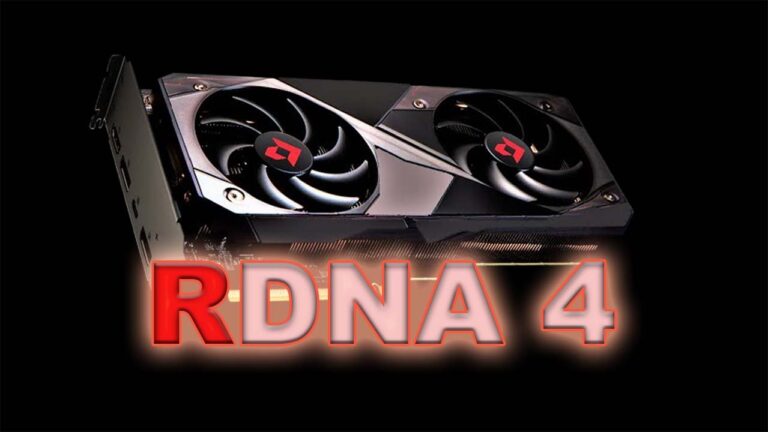
AMD’s upcoming Ryzen AI Max and Max Plus chips, rumoured under the codename Strix Halo, generate significant buzz. Here’s a breakdown of the anticipated specs and features we might see soon, especially given AMD’s recent push into high-performance integrated graphics.
What Are Ryzen AI Max and Max Plus Chips?
According to leaks circulating online, including posts from notable sources on X (formerly Twitter), AMD’s Ryzen AI Max and Max Plus lineup will be available in three variations, each featuring different core and GPU configurations. Here’s a snapshot of what’s expected:
- Ryzen AI Max Plus: Top-tier, 16-core CPU with a 40 Compute Unit (CU) iGPU.
- Ryzen AI Max 390: Mid-tier, 12-core CPU, also with a 40 CU iGPU.
- Ryzen AI Max 385: Entry-level, 8-core CPU with a 32 CU iGPU.
These configurations surpass what we’ve seen with the existing HX 370 chip, which includes a 16 CU iGPU, suggesting that AMD is ramping up its iGPU capabilities.
Performance Upgrades in AMD’s Ryzen AI Max Series
This new series marks a substantial leap forward in integrated graphics performance. With up to 40 CUs, the Ryzen AI Max lineup could offer nearly double the GPU capacity of the HX 370, which should appeal to users interested in light gaming or AI-related tasks on smaller, more portable devices.
The Ryzen AI Max’s iGPU is based on RDNA 3.5, a graphics architecture that promises better efficiency and power than previous generations. While the iGPU’s performance likely won’t match a dedicated GPU like the RX 7600 XT, it’s expected to be close, especially in 1080p gaming scenarios. The main limitation here would be memory speed, as the iGPU is expected to use LPDDR5X memory, while dedicated GPUs like the RX 7600 XT leverage faster GDDR6 memory.
Key Specs and AI Performance
AMD’s rumoured Ryzen AI Max chips will likely use a chiplet-based design with up to 16 CPU cores, 64 MB of L3 cache, and a significant 32 MB cache dedicated to the iGPU. The memory controller supports up to 256-bit LPDDR5 at 8,000 MHz, and these chips can handle up to 128 GB of RAM, with up to 96 GB potentially dedicated to the iGPU for more demanding tasks.
One standout feature is the AI processing power, estimated at up to 60 TOPS (trillion operations per second), which enhances capabilities for AI-driven applications. This makes the Ryzen AI Max series ideal not only for gaming but also for high-performance AI tasks that require substantial processing power in a compact form.
Power Consumption and Potential Use Cases
The Ryzen AI Max series is expected to operate between 55W and 130W, depending on the configuration and usage. In most laptops, these chips are likely to max out around 85W, making them more suited to mini PCs or small desktops rather than handheld devices or gaming consoles.
For gaming and AI-driven tasks, this power range is ideal. For users building compact gaming PCs or AI workstations, this level of integrated performance could reduce or eliminate the need for a discrete GPU, particularly for gaming at 1080p or using software optimized for integrated graphics.
AMD’s Strategic Shift in the GPU Market
Interestingly, AMD recently announced that it would focus on the mid-range GPU market instead of high-end GPUs. This shift aligns well with their APU development, suggesting a future where AMD’s APUs handle 1080p gaming smoothly, making them ideal for compact builds without dedicated GPUs.
These anticipated developments make the Ryzen AI Max and Max Plus series particularly appealing for users interested in a compact but capable gaming or AI workstation. Could an APU with a 40 CU iGPU be enough for you to transition from a traditional desktop setup to a mini PC?





